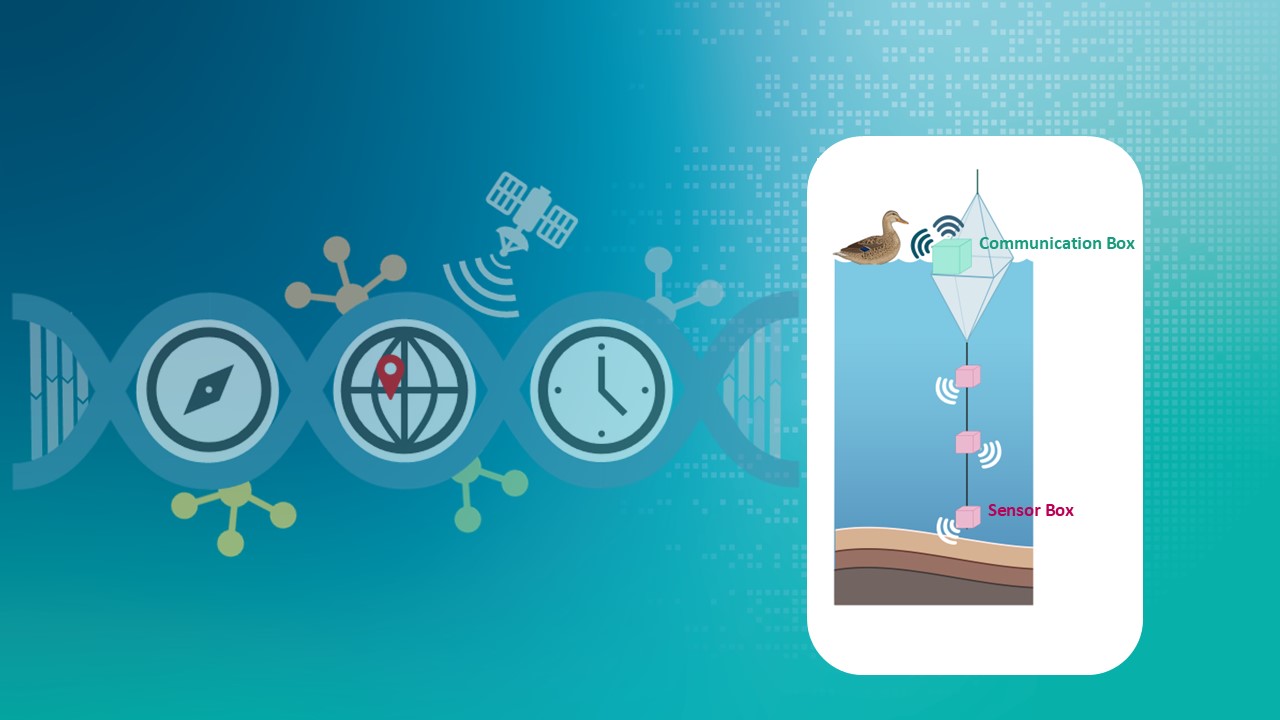Biosensor and PNT integration: What is feasible?
Last Updated: 21/11/2024 15:14 Created at: 21/11/2024 15:12

Final Presentation of NAVISP Project EL1-068 now available:
On Wednesday November 20th, 2024, Fraunhofer Gesellschaft e.V. together with TeleOrbit GmbH presented the results of the NAVISP EL1-068 project “Biosensor and PNT integration: what is feasible?”.
The accelerated development of Positioning, Navigation, and Timing (PNT) technologies, alongside advancements in biosensors, particularly within the framework of the "Lab-on-a-Chip" (LoC) paradigm, is enabling significant technological progress. These compact systems support automated, high-throughput analysis with precise localization capabilities across varied environments. In this context, the BIO.PNT project initially explored multiple application areas, including agricultural monitoring, medical diagnostics, environmental sensing, and industrial process control.
Following a detailed evaluation of these domains, water quality monitoring was selected as the primary use case. This choice was driven by the urgent need to address freshwater contamination, particularly pesticide pollution from agricultural sources, and to meet stringent European Union water quality standards. In a next step, the BIO.PNT project focused on developing a modular sensing system designed for precise environmental contaminant detection. The system comprises two main components: a Sensor Box for in-situ water quality analysis and an above-water Communication Box for user interaction, PNT integration, and power management. This configuration enables flexibility and cost-effective maintenance, as only the Sensor Box requires periodic replacement. The biosensor, utilizing organophosphate hydrolase for pesticide detection, integrates with electrochemical transducers like ISFETs for real-time pH-based measurements. The PNT system ensures that each measurement is tagged with precise spatial and temporal data, while robust external communication modules transmit the results to end users. Due to the system design, it can be deployed on buoys or marine robots, enhancing its applicability across various scenarios.
The BIO.PNT system demonstrated significant potential for automated monitoring of organophosphate contamination in fresh water. Its modular architecture and renewable energy options, such as solar-powered rechargeable batteries, ensure sustainable and efficient operation. However, challenges such as biofouling, enzymatic activity degradation, and high production costs remain barriers to large-scale deployment. Despite these limitations, the system's strengths, including minimal sample preparation and scalability for multi-contaminant detection, position it as a useful tool for environmental monitoring.
The project was carried out in the scope of NAVISP Element 1, which is dedicated to technology innovation of the European industry in the wide PNT sector.
More detailed information can be found in the slides of the Final Presentation.
